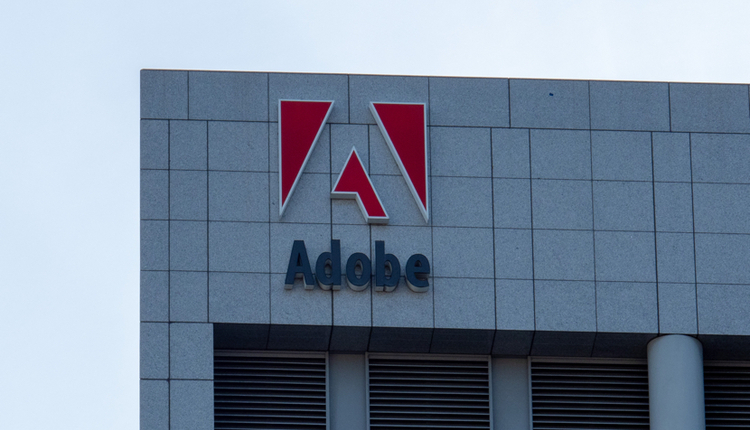
Many forms require signatures. At the same time, many forms are signed when they don't really need to be. Signatures are a workflow conundrum, slowing down business processes and preventing many forms from being converted to enterprise-enabled forms.
In many ways, signature requirements are vestiges of old, out-of-date workflows. Managers require signatures on forms when it really doesn't add anything significant to the result. I think, sometimes, signature requirements merely feed the egos of the managers involved.
Now, this is not to suggest that all signatures are not important or not needed. In many cases, they add an important element to the transaction and are legally required. There is a large body of knowledge surrounding signatures. However, I am suggesting that many signature requirements should be reviewed and revised because they do not substantially contribute to the transaction. We see ample evidence in many credit card transactions today, where signatures have been eliminated.
Paper forms have supported signatures for centuries. It is easy to design a form for a wet signature and for the subsequent form to be signed without delay. Use of proper zoning techniques provides an area for affixing signatures such that it is known what the signer is attesting to; enough space is provided for a signature; and a proper printed name, date signed and affirmation statement can be provided, if necessary. Validation of the signer is assumed and confirmed via handwriting analysis or notarization.
Electronic signatures present a different problem. The Electronic Signatures in Global and National Commerce (E-Sign) Act, enacted June 30, 2000, made electronic signatures legal, but there is an obvious difference between being "legal" and being accepted as evidence in court. Because the argument for conversion of paper forms to truly electronic transactions is compelling, the requirement to print and sign just isn't acceptable anymore. Many solutions have been developed to solve the signature problem. Yet, 30 years into electronic forms, many, if not most, forms are printed if they must be signed, and, therefore, the form enters a manual workflow. Avoiding this requirement to print and sign has become the focus for many organizations.
As a standard part of the forms development workflow, we always challenge the need for a signature first. The question is, “What does the signature add to the solution, and what happens if it is excluded?” Generally, the answer to this question is a matter of risk—risk that someone would actually want to counterfeit this transaction and the amount of loss if they actually did. For many internal transactions, we find this risk is minimal and standard technology, such as password signing (a standard signature field) or system login to the device used to complete the form, should be sufficient to authenticate the signer and establish intent to sign. Generally, for these low-risk transactions, there is no need for further signature requirements. However, old policies and procedures die slowly, and even these low-risk transactions frequently must be signed, therefore, minimizing the opportunity to automate the transaction. This leads to electronic signature opportunity one: change the policies and procedures and eliminate the signature altogether, or at least, use a simple signing process. Both avoid unnecessary printing and manual processing.
Many transactions represent higher risk. User authentication is critical, as is validation of intent to agree to the conditions attested to in the form. In these instances, level one signatures (login and password systems) simply won't suffice. This is generally true of transactions of a high dollar value or that have a higher risk of ending up in court at some point in the future. It is also generally true for anonymous transactions on the web.
There are many technologies available to sign a form. Virtually all of them are proprietary. This fact makes them hard to implement because focusing on only one solution excludes many users from participating. For internal solutions, this is solvable because the organization controls the technologies used internally and one selected solution can be implemented. However, "outside the firewall," such control over user technology does not exist and a single solution doesn't work. In these instances, the specific transaction workflow can drive the solution. The forms analysts and forms designers need to be familiar with the signing options and advantages and disadvantages of each.
Mr. Killam will speak on e-signatures for forms in Greenwich, CT on May 15 at the BFMA Annual Conference, co-located with the DOCUMENT Strategy Forum. Visit www.documentstrategyforum.com for more information.























